#Idylls of the king
Text

Elaine, the Lily Maid of Astolat by Sophie Gengembre Anderson
#elaine of astolat#arthurian#art#chivalric romance#medieval#lord tennyson#alfred lord tennyson#oarsman#rowing#river thames#camelot#boat#death#idylls of the king#great britain#mythology#sophie gengembre anderson#europe#ascolat#middle ages#love#maid#maiden#the lady of shalott#astolat#sir thomas malory#le morte d'arthur#matter of britain#lily#letter
77 notes
·
View notes
Text

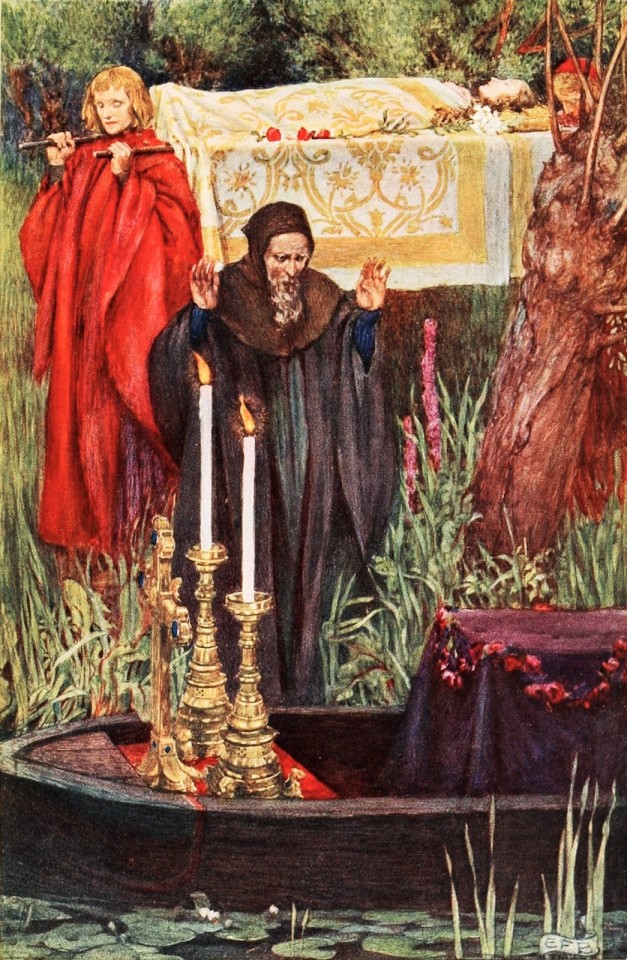
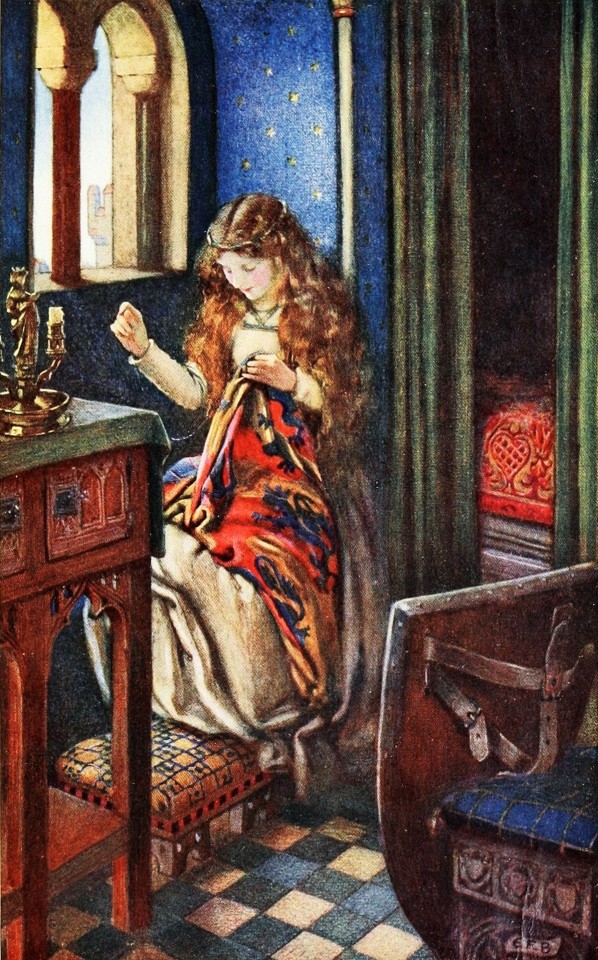


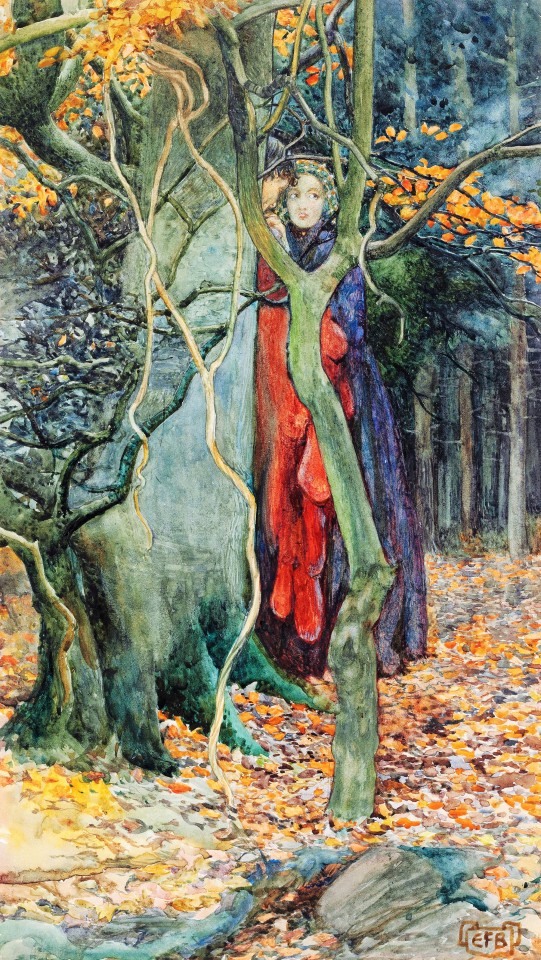
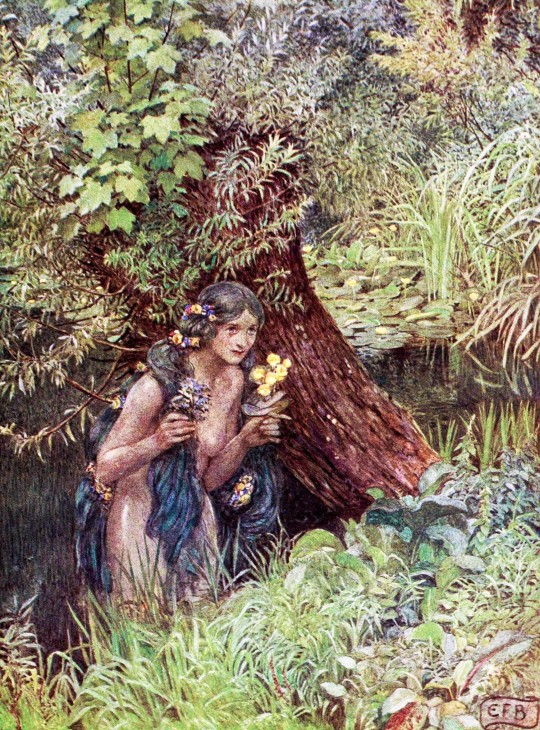

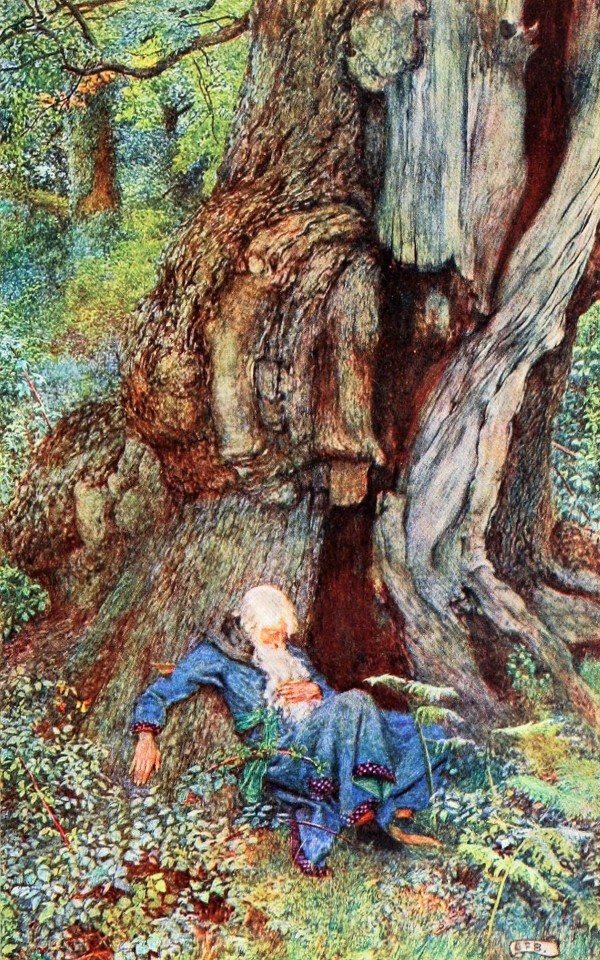

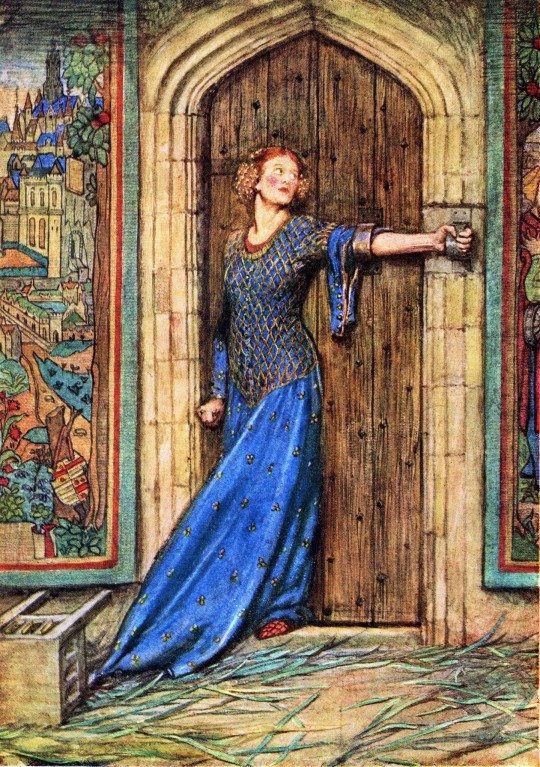
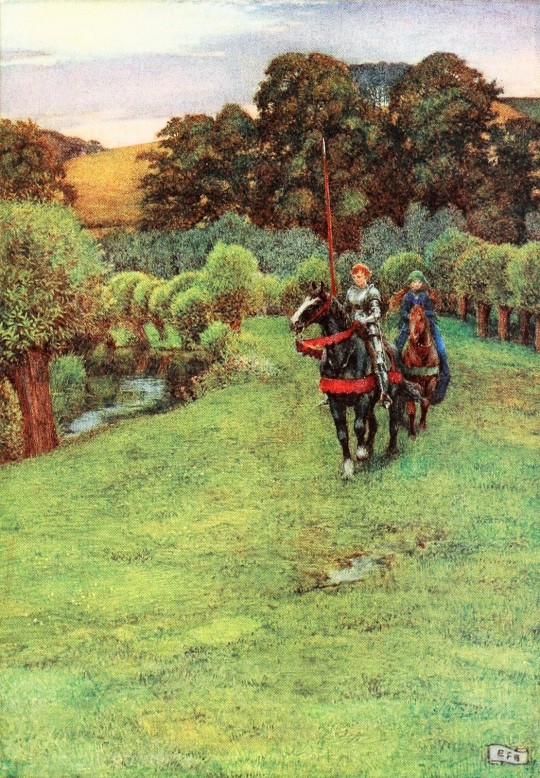

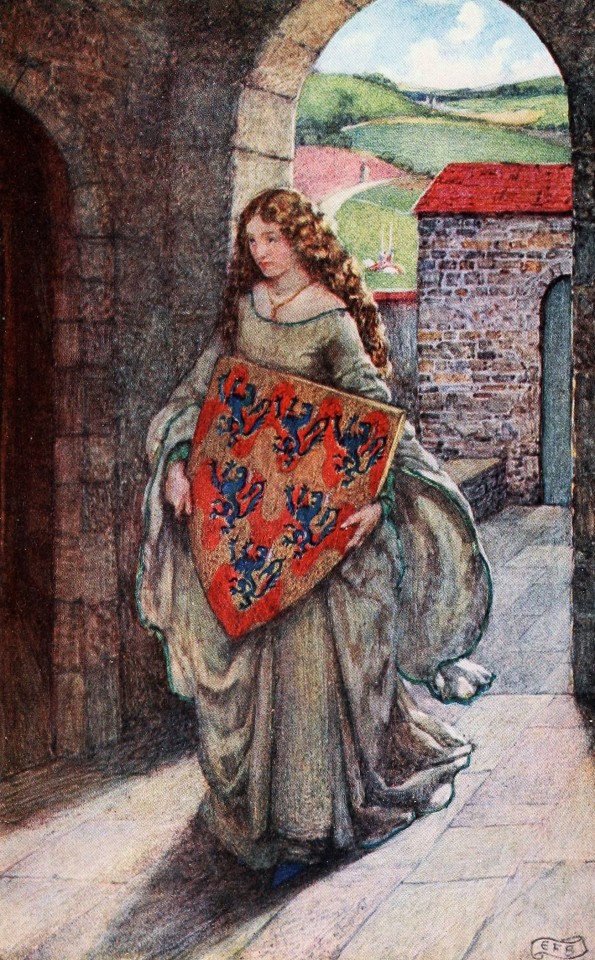
art by Eleanor Fortescue-Brickdale (1910s)
#eleanor fortescue-brickdale#arthurian legend#medieval art#book illustrations#20th century paintings#merlin the enchanter#queen guinevere#idylls of the king#kate barlass#golden book of famous women#the book of old english songs and ballads#1910s
2K notes
·
View notes
Text
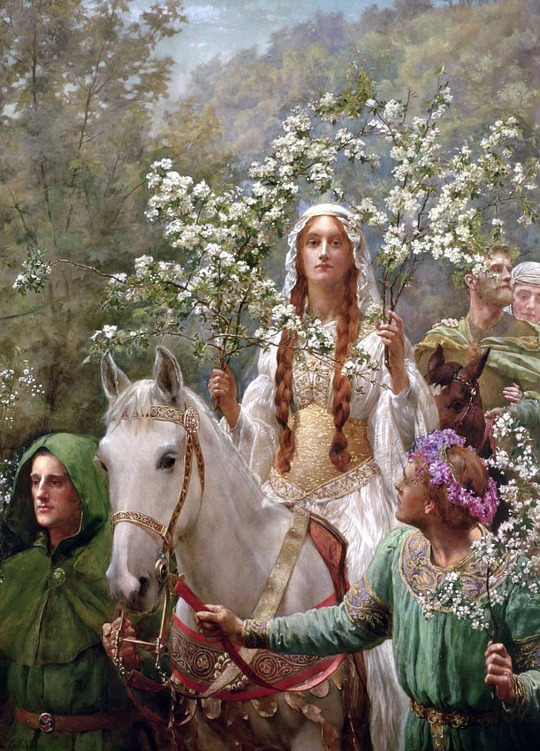
Queen Guinevere’s Maying
1900
Artist : John Maler Collier (1850-1934)
#john maler collier#john collier#english artist#english art#arthurian legend#arthurian lore#guinevere#guenièvre#1900#idylls of the king#may day#procession#cortège
385 notes
·
View notes
Text
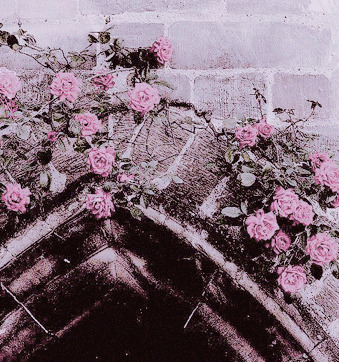

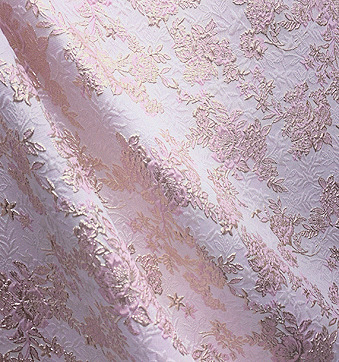





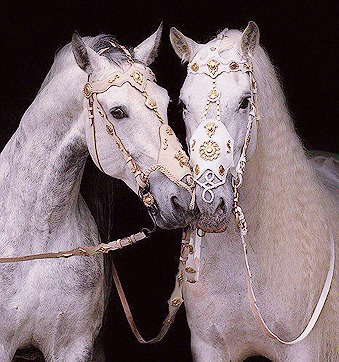
'Good lord, how sweetly smells the honeysuckle in the hushed night, as if the world were one of utter peace, and love, and gentleness!'
GARETH AND LYNETTE, alfred tennyson
#pls stop me before i get to geraint and enid#gareth and lynette#idylls of the king#alfred lord tennyson#literature#bookedit#*
76 notes
·
View notes
Text















Recall the tale of Icarus.
Choose to be Icarus.
Linda K. Hughes, Text and Subtext in "Merlin and the Gleam", p.166 /// Alfred Tennyson, Merlin and the Gleam /// BBC Merlin, The Last Dragonlord (2x13) /// Natalie Wee, Patroclus Dreaming /// Hozier, I, Carrion (Icarian) /// BBC Merlin, The Wicked Day (4x03) /// @pencap, Please, Let Him Be Happy /// BBC Merlin, The Disir (5x05) /// Hozier, I, Carrion (Icarian) /// BBC Merlin, The Diamond of the Day: Part 2 (5x13) /// Natalie Wee, Patroclus Dreaming /// Alfred Tennyson, The Passing of Arthur /// BBC Merlin, The Diamond of the Day: Part 2 (5x13) /// Hozier, I, Carrion (Icarian) /// Alfred Tennyson, Merlin and the Gleam /// Natalie Wee, Patroclus Dreaming
#yes I am taking tennyson's poems that are very much about merlin the old man wizard and making it a gay romance#but!! many academics and tennyson's own son have said that merlin's grief for arthur in that poem was directly inspired by#the poet's grief for his almost-definitely-more-than-a-friend arthur hallam#I've been in a fun research rabbit hole today#I hope this post makes sense to literally anyone else lol#please just read the whole poem 'merlin and the gleam' cos there aren't many short parts I could use for this but the overall vibe#expresses this idea of destiny and blinding devotion far better. and it has a happier ending#merthur#merlin#bbc merlin#merlin web weave#merthur web weave#merthur meta#alfred tennyson#idylls of the king#arthurian legend
50 notes
·
View notes
Text
I normally don't like Tennyson's narrative around the female characters due to his framing of them being the source of all the faults in Camelot.
But there's a part of this story that often catches my attention and its Guinevere's rejection of Arthur:

Like, I can't help but dig idea that Guinevere rejects Arthur because of his virtue. As if his holy character actively irritates her.
If I was writing, I would take it further and outright imply Guinevere is some kind of demonic being. If Tennyson can get away with turning Arthur into a mysterious, divine entity that Merlin found instead of being born of Uther's misdeeds, then I don't see why I can't apply that to Gwen.
Welsh Myth already provides the idea of Guinevere as a Fae/Giantess so I would just present her as a "Reverse Persephone" -
Guinevere is actually a mysterious girl who came up from the "Kingdom beneath the Earth", "a daughter of a Colossus of Old" and is reared as ward of one of Arthur's vassals. Arthur, being taken by her beauty, took her as his wife.
"And so, the Worthiest and Most Righteous King on Earth married a she-devil, the fairest of all her race, and made her his Queen."
The reason she finds Arthur repulsive is because she's a "primal spirit" who was born deep underground and can't stand the presence of someone so "Heavenly", so divorced from "the touch of the Earth". Camelot falls into "sinfulness" because Guinevere is in fact a physical avatar of all Materialism and Worldly Values, both good and bad.
And instead of Guinevere repenting of her actions, I would just take a cue from E.A. Robinson and have Gwen reject Arthur to the very end:
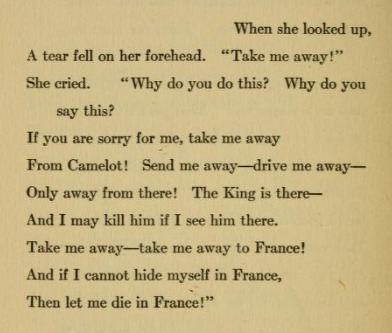
And if Arthur and Guinevere ever meet again, Guinevere could go as far as threaten to eat Arthur - "as is the habit of my kind, says the Queen" - especially if Arthur starts posturing about his (Victorian) morals and being chaste for her.
If there was a way to present Guinevere as a proper Anti-heroine or compelling villainess without the usual sexism/misogyny, this is how I would do it.
She's not so much an actively evil force as she is simply incompatible with the "Blameless" Arthur and indeed, the marriage's eventual failure was inevitable.
But for a time, while the marriage endured, Camelot was the place where the Spiritual and Material meet as fellows and prosperity ensued.
#queen guinevere#king arthur#idylls of the king#E.A. Robinson#arthuriana#arthurian legend#arthurian mythology#arthurian legends#my thoughts
43 notes
·
View notes
Text
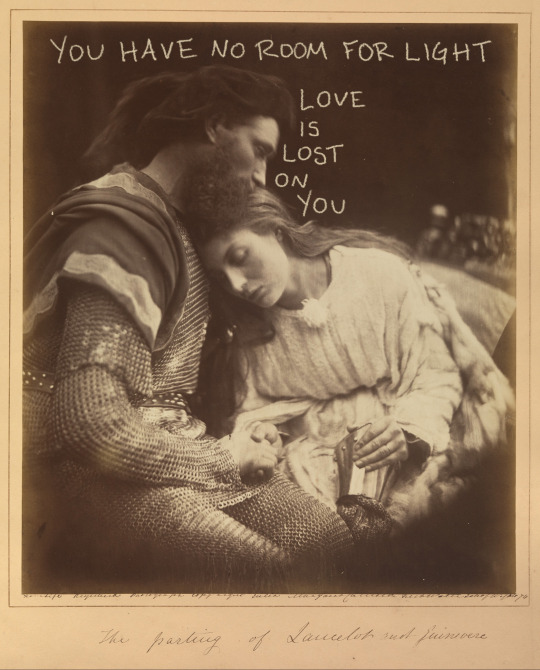
The Parting of Lancelot and Guinevere – Julia Margaret Cameron // Black Beauty – Lana Del Rey
requested by @mikushimada 💛
#guinevere#lancelot#lancelot and guinevere#arthurian legend#arthurian mythology#idylls of the king#julia margaret cameron#black beauty#black beauty song#black beauty lana del rey#ultraviolence#ultraviolence album#ultraviolence lana del rey#lana del rey#vintage photography#vintage photo#black and white photography#historical photography#art#art history#lyrics#lyric art#request 🥰
35 notes
·
View notes
Text
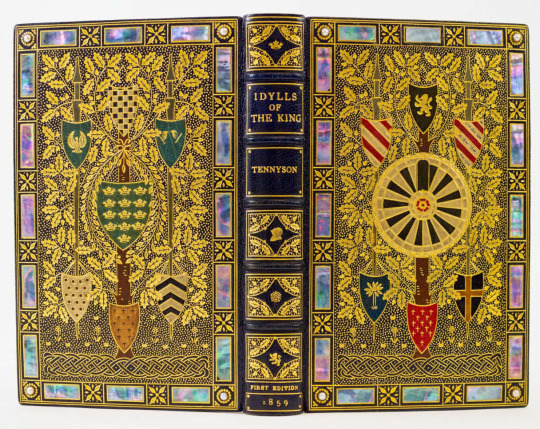
IDYLLS OF THE KING by Alfred Lord Tennyson. (London: Edward Moxon, 1859) Art binding by Sangorski and Sutcliffe.
A magnificent binding in dark blue blue morocco, bejeweled, mother of pearl inlays, all edges gilt, white pigskin end leaves.

source
#beautiful books#book blog#books books books#book cover#books#victorian era#sangorski and sutcliffe#art binding#book design#book binding#idylls of the king#alfred tennyson
77 notes
·
View notes
Photo
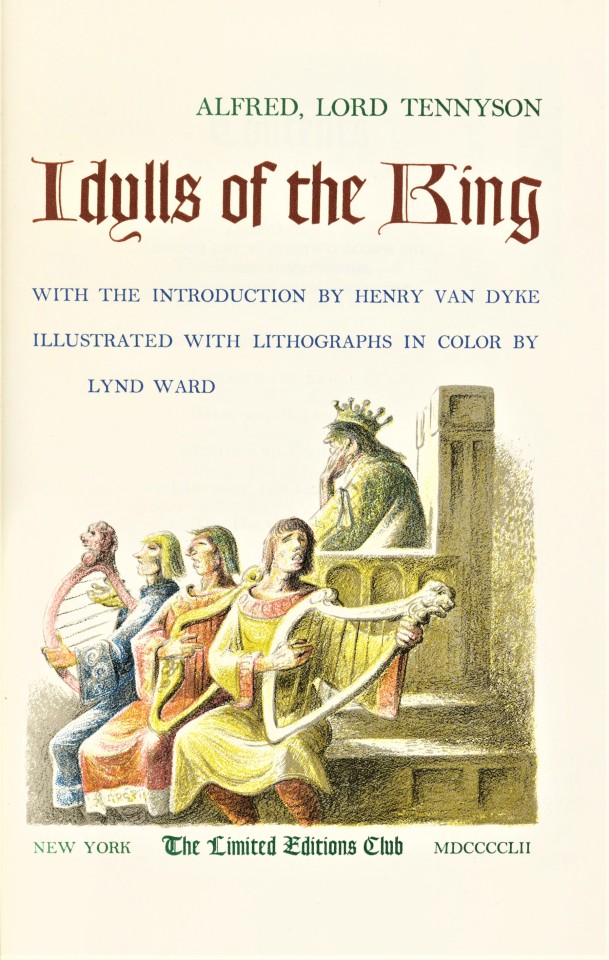



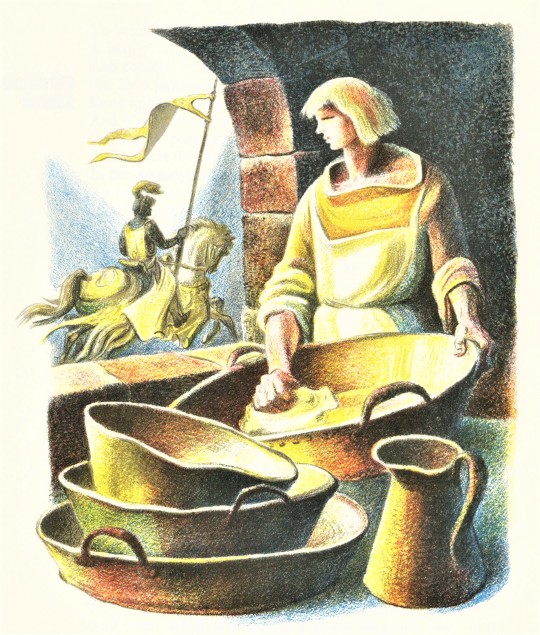




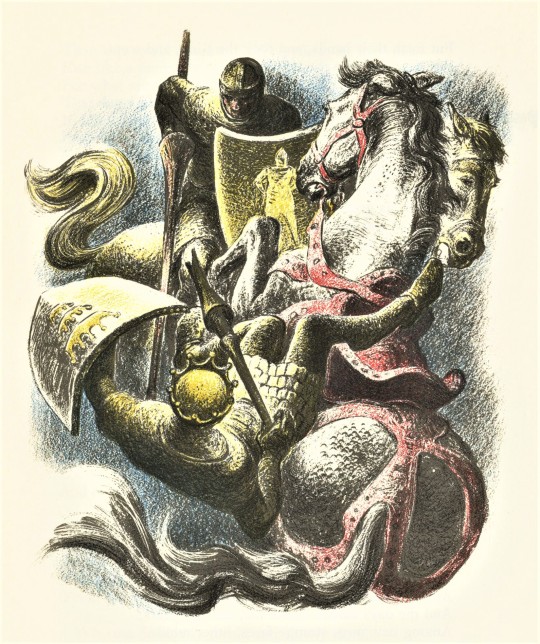
it’s Fine Press Friday!
This week we present another title illustrated by American artist and illustrator, Lynd Ward (1905-1985): Idylls of the King, by English poet Alfred Lord Tennyson (1809-1892), with introduction by Henry Van Dyke, and published in 1952 by the Limited Editions Club, in an edition of 1500 copies signed by the artist. Idylls of the King was first published as a cycle of twelve narrative poems, between 1859 and 1885.
Lynd Ward made over forty individual lithograph illustrations for this fine press edition. The illustrations have at least three colors each, Ward drew directly on the printing matrix, an incredible amount of work. This direct process is sometimes called autolithography. The term, autolithography aims to differentiate the direct process of an artist drawing on the printing matrix, a stone or plate, from lithographs that are made by transferring an image to the stone by other means.
The lithographic plates were printed at the Duenewald Printing Corporation. The typographic layout was designed by Carl Purington Rollins in Bakersville types. Goudy Text was used for headers and the title. The type was printed at the Printing-Office of the Yale University Press in New Haven, where Rollins had been master printer from 1920 to 1948. It is quarter-bound in vermilion sheepskin and English buckram cloth. The cover is stamped in gold with a design by Lynd Ward.
This book is a gift of Loryn Romadka, from the collection of Austin Fredric Lutter.

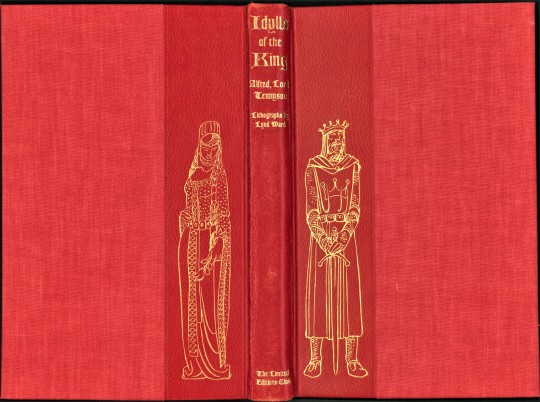
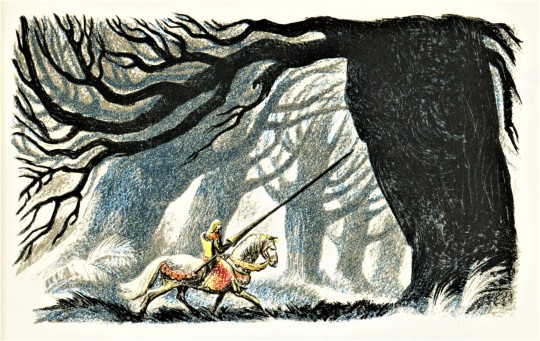
View other posts with work by Lynd Ward.
View more Limited Edition Club posts.
View more Fine Press Friday posts.
– Teddy, Special Collections Graduate Intern
#Fine Press Friday#Lynd Ward#Limited Editions Club#color lithographs#Lithography#Autolithography#Idylls of the king#Alfred lord tennyson#Carl Purington Rollins#Yale University Press#Duenewald Printing Corporation#Printmaking#Fine press books#book illustration#LEC#Bakersville#Goudy Text#Fine Press Fridays#Austin Fredric Lutter#teddy
70 notes
·
View notes
Text

05.02.2023 - once again I'm having a lazy Sunday afternoon by reading through a few different bits of poetry. I'm struggling to not fall asleep as there is something about the rhythm of poetry that makes me sleepy... I might need to swap to a prose text if this continues!
Currently reading: Prometheus Unbound by Percy Shelley; Idylls of the King by Alfred, Lord Tennyson
#studyblr#gradblr#pgce#lazy sunday#books#reading#poetry#alfred lord tennyson#idylls of the king#prometheus unbound#percy shelley#i guess this is a play too
129 notes
·
View notes
Text
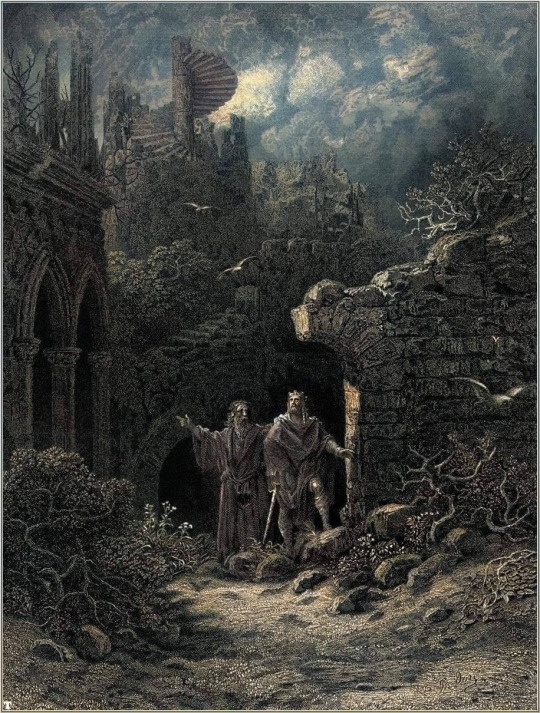
Yniol shows Prince Geraint his Ruined Castle by Gustave Doré
#gustave doré#art#yniol#geraint#arthurian#enid#enide#alfred tennyson#castle#ruins#idylls of the king#alfred lord tennyson#tennyson#matter of britain#britain#british#knight#knights#chivalry#chivalric romance#mythology#castles#europe#european#ruin#lord alfred tennyson#magical#architecture#spiral staircase#spiral stairs
301 notes
·
View notes
Photo


IDYLLS OF THE KING
GUSTAVE DORÉ // 1867-69
[engravings | unknown dimensions]
#gustave doré#gustave dore#romanticism#illustration#black and white#monochrome#engraving#idylls of the king#alfred tennyson#modern art#19th century#french#art#u
219 notes
·
View notes
Text

Idylls of the King by Alfred Lord Tennyson
by Hodder & Stoughton
London
1911
Artist : Eleanor Fortescue Brickdale
#idylls of the king#alfred tennyson#alfred lord tennyson#lord alfred tennyson#eleanor fortescue brickdale#1911#children's literature#vintage illustration#children's books#children's book#old illustration#old book#arthurian literature#arthurian mythology#arthurian legend#arthurian lore
338 notes
·
View notes
Text








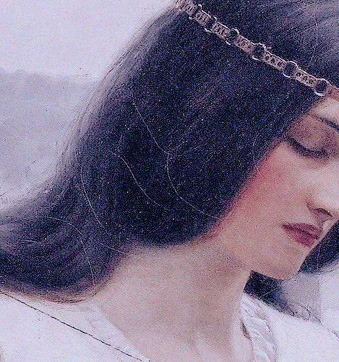
'Him or death, death or him. Him or death.'
THE LADY OF SHALOTT, alfred tennyson
#tis the fairy!#the lady of shalott#elaine of astolat#idylls of the king#alfred lord tennyson#literature#bookedit#*
89 notes
·
View notes
Text

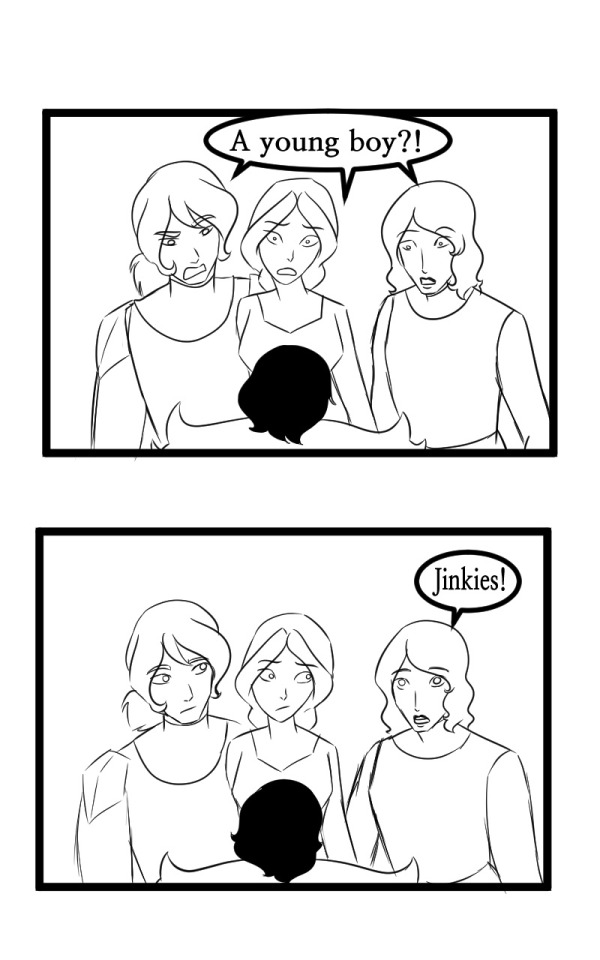
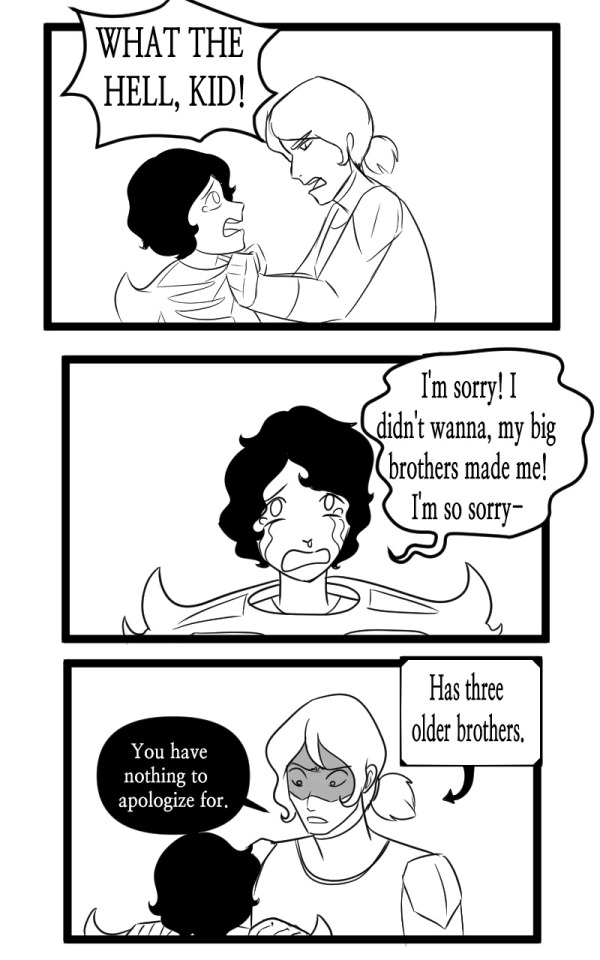
This is exactly what happened and I’d like to see you convince me otherwise.
Gareth understands the burden of being the youngest, he has nothing but sympathy for this poor boy.
#shoulderangelcomics#arthurian literature#gareth#sir gareth#gareth and lynette#Lynette#idylls of the king#arthuriana
33 notes
·
View notes
Text
Morgause' Innocence
I once said in the tags of one of my reblogs that Morgause needs to be blameless in the conception of Mordred because of Lancelot and I felt I need to clarify:
Morgause must be fundamentally innocent any wrongdoing regarding the incest with her brother, so that Arthur alone is responsible for Mordred's existence - The Fall of Camelot must be Arthur's responsibility in some capacity.
This is because one of Arthur's fundamental pillars of his narrative: King Arthur is a divinely chosen ruler. The whole of point of "the Sword of the Stone" is to physically prove to both the in-story characters, and to the Medieval readers, that Arthur has the backing of God himself. Therefore, for narrative purposes, Arthur's sovereignty and properity as a ruler is because of God's Favor and anything bad that happens to Arthur and his Kingdom, has to have some measure of "Arthur must have broken his relationship with God somehow" (This is why during the Galehaut War arc, where Arthur is losing, he consults with a wise man to confess his sins, in order to reestablish his rapport and standing with God)
The problem that arises with Lancelot's inclusion into "the Fall Narrative" - that is, the collapse of Arthur's reign - is that the "Exposure of Lancelot and Guinevere's Affair" negates and replaces the Conquest arc, where Arthur engages in the moral grey zone of conquering all of Europe, thus at least providing at least a passable rationale for why Arthur lost favor with God.
With "the Affair Narrative", Arthur is innocent overall and totally in the right to defeat Lancelot and win. With all the bias and favoritism Lancelot gets from the French writers, having Lancelot lose would not only be humiliating but also defeats the whole purpose this version of The Fall was written in the first place - the real reason Lancelot is even part of this story: to enshrine him as an unquestionable element of Arthurian history.
So, what did the French Writers do? Simple: they retcon Mordred from nephew to a bastard born of incest (perhaps inspired by certain Charlemagne stories, where Roland is secretly his bastard son).
This is their out, their clever little plot device: having Arthur commit such an abominable act - even if unwittingly - removes whatever favorable ties he has to God, and thus, Arthur has his kingdom collapse from right under him while he's fighting Lancelot.
Which ultimately brings us back to Morgause. Making Morgause evil defeats the whole point why incest!Mordred was introduced in the first place. Evil!Morgause absolves Arthur of wrongdoing.
And if Arthur's squeaky clean, then he can't Fall and God would prevent any negative narrative consequences from occuring to Arthur.
Lancelot would lose (hah!), Camelot/Logres would be perfectly fine and Arthur would move on with his life.
This is why Tennyson's and T.H. White's narratives never made sense to me: Why is Arthur being punished for the actions of others? It makes God look incompetent in punishing those actually responsible and the Sword in the Stone/Excalibur of the Lake end up looking like pointless gestures.
(It's worse in Tennyson's because he's trying to portray Arthur as a semidivine figure unrelated to Uther) (Ughh)
Their stories feel like they ignore God as an active force in Arthur's royal life and in the lives of others. *Points to the Post-Vulgates' version of the Mayday Massacre, where God protects all the infants - They SURVIVED, unlike Malory's*
#my thoughts#off my chest#reblogs#arthuriana#king arthur#sir mordred#morgause#sir lancelot#t.h. white#alfred tennyson#once and future king#idylls of the king
30 notes
·
View notes